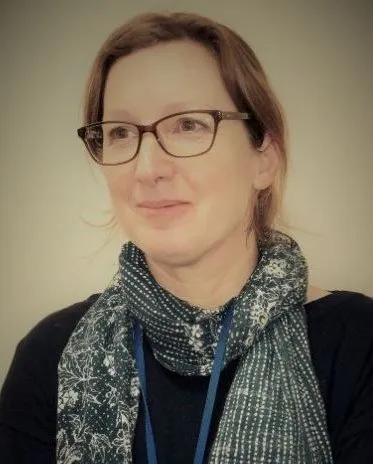About the project
We aim to identify cellular structural changes and signalling molecules in endometrial glands from women with recurrent pregnancy loss. This includes 3D architectural and functional information of cilia via high-resolution imaging and high-speed video microscopy analysis. Extracellular vesicles from glands and uterine fluid will be characterised along with microRNA-sequencing.
For successful pregnancy the endometrium must create the right environment for embryo implantation. If the endometrium is not in the right receptive state for the embryo to properly attach and survive this can result in pregnancy loss. The implantation environment is determined by the structure and function of the endometrium. The endometrium consists of epithelial and stroma cells that form endometrial glands. These glands release secretions into the uterine fluid that contain extracellular vesicles (EVs). The glands also contain motile cilia to move or mix the secretions. Animal models have shown that these glands are required for successful pregnancy.
We aim to identify cellular structural changes and signalling molecules in endometrial glands from women with recurrent pregnancy loss. We will strive to establish what the changes mean biologically in order to help improve pregnancy success in this disease.
We aim to quantify ultrastructural cilia defects and cilia function in the endometrial glands of women with recurrent pregnancy loss compared to control. High-resolution 3D imaging via electron microscopy and high-speed video microscopy analysis will be used to acquire 3D architectural and functional information of cilia from endometrial glands.
We aim to determine whether EVs produced by endometrial glands and their microRNA content differ in women with RM compared to control. Endometrial glands will be isolated with matched EVs from uterine fluid samples and microRNA-sequencing carried out on both with bioinformatic analysis.
We aim to establish whether microRNA and cell-specific gene expression profiles relate to the gland structural and functional changes and provide potential biomarkers of receptivity.
To participate in this project you must be enrolled in the 4-year integrated PhD programme for Biomedical Science. The programme is 1 year MRes + 3 years PhD. In year 1 you will choose three rotation projects, alongside taught modules and practical training. You will undertake this project in years 2 to 4. More information is provided in the Integrated PhD Biomedical Science webpage.

